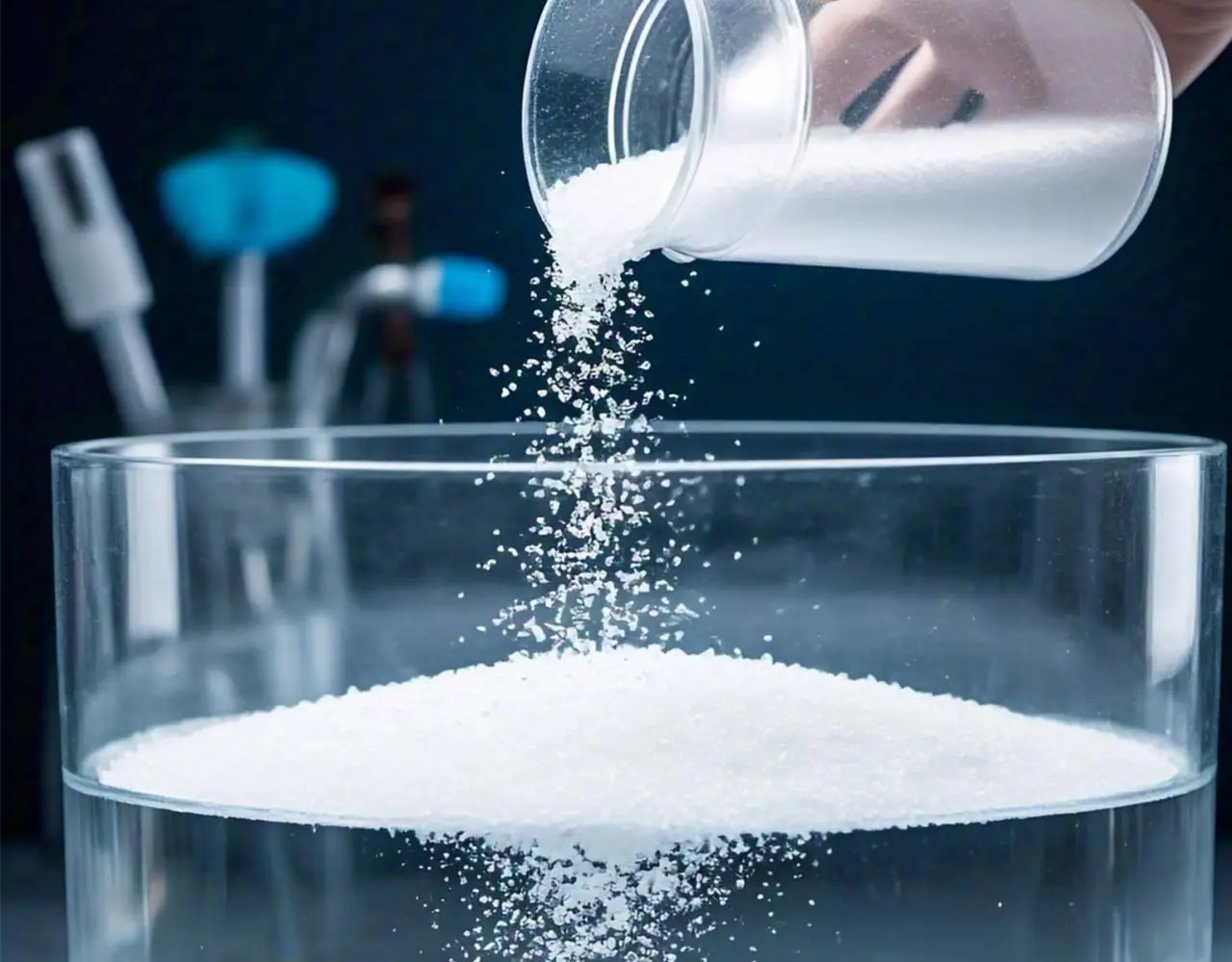Salt as a Disinfectant
To ensure clean water is available for our everyday use, water from rivers and streams needs to be disinfected. This disinfection is done through the use of gas, bleach, chlorine powder, and multi-oxidants, each of which has its benefits and drawbacks.
Drawbacks of the Bleach and Chlorine Method
By nature, bleach and chlorine are toxic. Thus, any leakage of these substances resulting from inadequate quality control can pose a threat to human health and the environment. The use of bleach and chlorine is also not economical, as several different factors cause it to be significantly more expensive compared to other methods. For example, chlorine gas needs to be stored in a temperature-controlled unit. Furthermore, large amounts of bleach and chlorine need to be used to ensure water is disinfected thoroughly. That is because, firstly, their disinfection capability is weak. Secondly, their disinfection capability is adversely affected by storage. Meaning, that the longer bleach and chlorine are stored, the greater the amount needed to reach the required disinfection level. This, of course, impacts the quality and color of the water and results in the corrosion of water pipes.
The Multi-oxidant Method
The multi-oxidant method utilizes several oxidants, such as ozone, oxygen, chlorine dioxide, and chlorine, to disinfect water safely. In this method, water is disinfected in two stages: primary and secondary. In the primary stage, chlorine dioxide and ozone are used to clean the water. In the secondary stage, free chlorine is utilized.
Obtaining Multi-oxidants from Salt Solution
Due to the abundance of salt in nature, its competitive price, and being environmentally safe and non-hazard to health, salt solution is utilized to acquire multi-oxidants. The method used to extract multi-oxidants is called electrolysis. By using electrolysis in the salt solution, the sodium in the solution is removed, while chlorine, chlorine dioxide, oxygen, and ozone form a solution.
These multi-oxidants are then classified according to their disinfecting ability. Thus, chlorine dioxide and ozone, which have high disinfecting capabilities, are used in the primary disinfection phase. Furthermore, free chlorine, which has lower disinfecting capabilities, is used in the secondary disinfection phase.
Water Disinfection Salt of the Egyptian Lebanese Company for Food Industry
The Egyptian Lebanese Company offers salt for water disinfection to ensure your water stays fresh and clean. Available in 25, 50, and 1250 kg bags.
